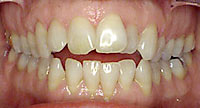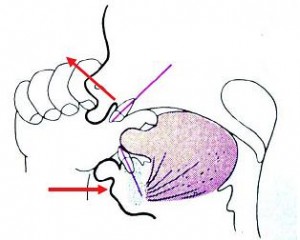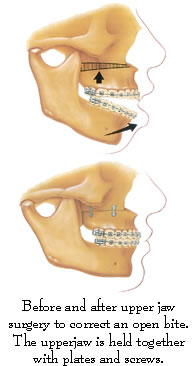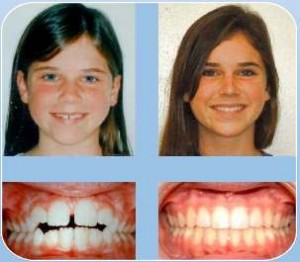Ever notice a gap in between your upper and lower teeth when you bite or while looking in the mirror? You could be having an open bite.
What is open bite?
Open bite is a malocclusion, a misalignment or incorrect manner in which two opposing teeth meet. This malocclusion is handled by an orthodontist, a specialist who deals with the growth and development of the face and how the teeth bite together, and with the diagnosis, interception and treatment of any abnormal occlusion.
Types of open bite
Orthodontic open bite can be categorized into 3 types:
Anterior open bite – there is no overlap between the opposing front teeth when the teeth are biting together.
Posterior open bite – there is space between the opposing back teeth when the teeth are biting together.
Incomplete overbite – the lower front teeth do not touch the upper front teeth or the inner soft tissues of the mouth when the teeth are biting together.
Causes of open bite
Anterior open bite
Like other types of malocclusion, open bite are influenced by genetics and external factors. In many cases, anterior open bite is caused by several factors therefore it is hard to pinpoint the exact cause for the bite problem. Anterior open bite can occur if you:
- Have a long face due to bone growth
- Thumb-sucking habits and/or prolonged chewing on an object when you were young
- Tongue thrusting habit which may be caused by temporomandibular joint (TMJ) disorder
Posterior open bite
Compared to anterior open bite, posterior open bite is uncommon therefore the cause of it is not well understood. Posterior open bite could be caused by:
- Failure of the back teeth to erupt
- Halfway eruption of the back teeth
Problems with open bite
The obvious main reason someone would want to correct open bite is for aesthetic reasons. An anterior open bite can affect a person’s smile and may have an effect in his or her self-esteem.
Open bite may cause speech problems in some individuals called ‘lisping’, a speech defect that involves pronouncing ‘s’ like voiceless ‘th’ and ‘z’ like voiced ‘th’.
Open bite treatment
Open bite correction can be done using three possible ways:
- Accepting the open bite – In mild cases, open bite can be left alone and only minor adjustments of the teeth are done. Open bite is also opted when there is severe malocclusion and you are not motivated towards surgery.
- Using braces and headgears to correct the open bite – If you are young and your bones are still growing, the growth can be used to pull the back teeth upwards to balance the bite. Depending on the severity, bite blocks and braces may be incorporated with the use of headgear. However correction may not be permanent if habits that initially cause the open bite are not eliminated.
- Using surgery – Open bite surgery is considered once growth has slowed down for adults who have severe problems with the open bite that would not give an aesthetic or stable result otherwise. Orthognathic or corrective jaw surgery can provide a more permanent solution for an open bite, as well as other dental conditions that you might have. This surgery involves putting the upper jaw in a new position and secured in place using plates and screws. Braces are usually required after surgery to align the teeth together. It is important to note that the entire process, including surgery and braces, may take several years to complete.
How much would open bite correction cost?
How much you need to pay depends on the extent of your treatment. Putting on braces may need you to pay around $1,500 to $6,000 or more, whereas surgery to correct the bite may set you back from $20,000 onwards but the cost varies from doctor and state.
Certain insurance companies may cover the procedure but some may not as they deemed the procedure is for “cosmetic†purposes only. It is best to check with your insurance company before starting any treatment.
How to avoid open bite
Since open bite is caused by several factors, absolute prevention may not be possible but there are certain things you can do to minimize the risk of having the bite problem.
- Eliminate any thumb-sucking or tongue thrusting habits and reduce any dependence on pacifier in children. These habits develop at a young age therefore it is advisable to watch over your children and try to break their habits if possible. After the sucking habit has been stopped, the open bite tends to resolve but it may take several years.
- It is best to correct the problem early to avoid any complications which would make surgery the only resort to fix the open bite.




Pingback: How does Invisalign Work? | Intelligent Dental
Pingback: Can Invisalign Fix Buck Teeth? | Intelligent Dental